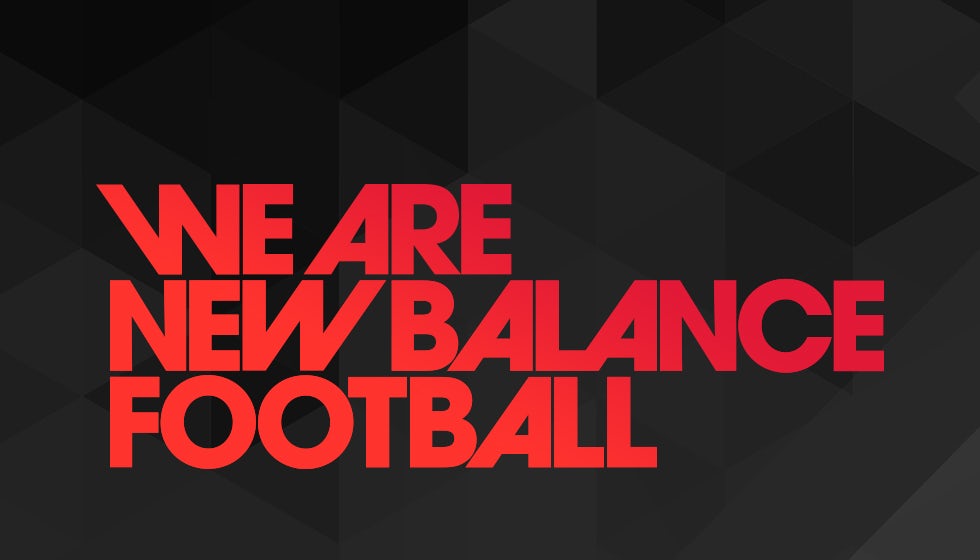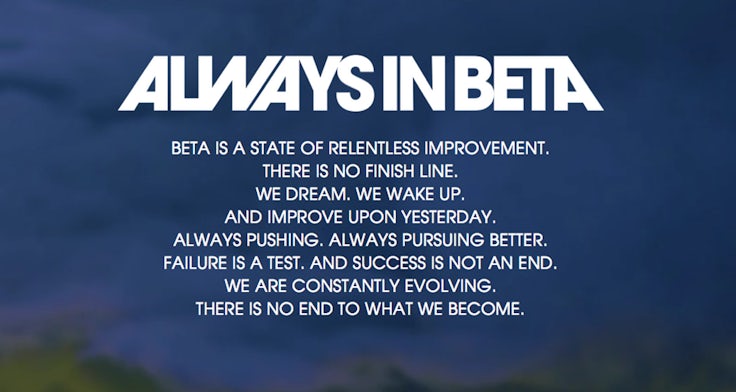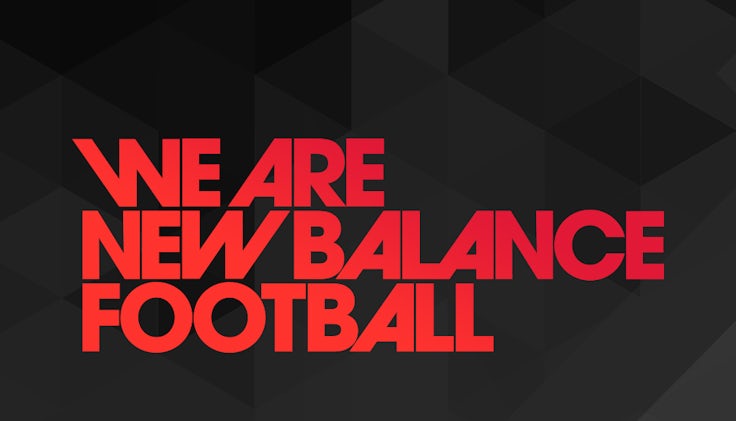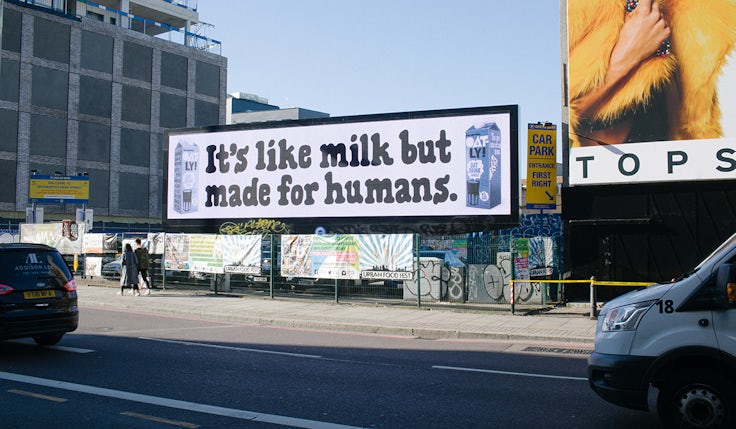How New Balance is reinvigorating its brand to move away from its lifestyle image
New Balance’s CEO Robert DeMartini admits the brand had unintentionally “become older” but says a renewed focus on its performance business will help it become more relevant to younger consumers and shake off its image as more of a lifestyle brand.

New Balance has had a busy year. From making its first branded play in football through a deal with Liverpool to launching its first global marketing campaign, Always In Beta, the brand is hoping to shake up consumer perceptions.
“There is no doubt we needed a reinvigoration. We weren’t growing as much as in the early 2000s and unintentionally we were getting older. Our consumers were ageing; we had a strong business in walking categories and some of the slower-paced athletic businesses.
“From an ownership standpoint that’s never what we intended, it just happens. And it happens if you’re looking after other things or not as sharp or not executing as well or a combination of those,” he said, speaking exclusively to Marketing Week at the Leaders in Sport Business Summit 2015 in London last week.
Moving away from its lifestyle image

The focus now is on its athletic business. New Balance has an aim of becoming a top three athletic brand by 2020 but in the UK in particular it is often seen more as a lifestyle brand. That is a pigeon-hole DeMartini is keen to avoid.
“Clearly one thing we need to be careful of is just being seen as a lifestyle brand. If you look around London most of the trainers you see are [New Balance] Classics, that is less of a performance product. We have to be cognisant of that.
“We don’t want to be a lifestyle brand.. because it’s very difficult to rejuvenate and reinvent yourself. By having products that perform you still have those same challenges but they aren’t as acute.”
Pushing its performance credentials puts New Balance up against some big competition. Nike and Adidas alone have millions of pounds to spend on product and marketing.
However DeMartini believes the growing role of digital means size is less of an advantage than it used to be and the great product is increasingly what matters.
The challenge then is to be relevant. De Martini says its new campaign, Always In Beta, is critical to that and that 60 days after launch it is having an impact. Google searches are up he claimed, as are its ecommerce and retail businesses.
“If they’re searching for us they’re new to us so to some degree we are connecting with that younger audience. You never quite know what’s driving that but if it goes the other way you understand you aren’t connecting.”
Robert DeMartini, CEO, New Balance
Disruption in the market
New Balance is growing strongly, with sales up 15% over the last five years. Revenues hit $3.3bn in 2014 and will be close to $4bn in 2015. In comparison Nike has sales of $27.5bn last year although its growth rate is slower at 10%.
However that doesn’t mean DeMartini is resting on his laurels. He cites “disruption” as his biggest concern, pointing to the way Uber and Airbnb have transformed the taxi and travel industries respectively.
The brand is also concerned about obesity and “a whole generation of kids not being active”. It has a foundation scheme that invests in projects that can help tackle childhood obesity.
Healthier living is also embedded across the business. It has installed stand-up desks, subsidises gym memberships and has banned smoking on its sites.
“It is much easier to stay active than to get active, to continue a habit than to start a new one. From that standpoint we’re quite concerned.
“We don’t really do it for business purposes we do this because we see a problem we can help with. We do get a benefit – our healthcare costs are down by 15-18% but better than that our people are healthier and they’re more productive when they’re health. That’s the same reason we do the foundation work. We think kids need to be active,” he explained.
DeMartini also sees the changing nature of marketing as a challenge. Before New Balance he worked at Procter & Gamble, which at the time, he explained, operated a “pull marketing system where if they made better product and advertised the hell out of it people would come”.
“That doesn’t work anymore. It certainly is not effective enough to continue to grow. You have to be embedded in consumers’ lives, on mobile, at arm’s reach.
“Marketing is less about flashy storytelling and more about being part of something that you are comfortable represents you. How to do that is the hard part. Knowing what to do and where you want to end up we’re pretty clear on that. It’s just execution.”
- Hear all about the importance of brand and creative at this year’s Festival of Marketing. Taking place on 11 and 12 November there will be 12 stages and hundreds of speakers. Click here for information and to book tickets.







